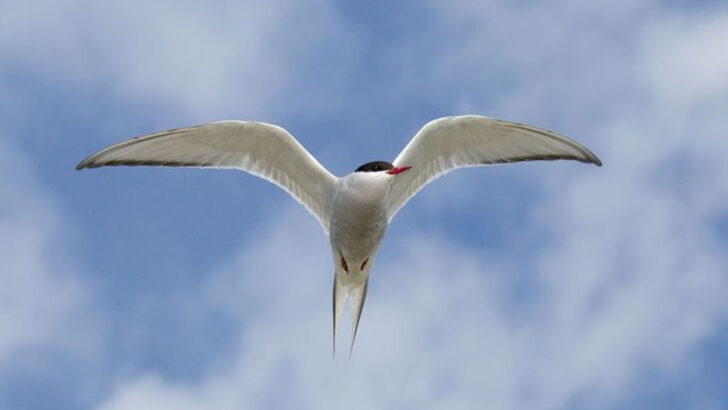The Arctic Tern, renowned for its extraordinary migratory journey, is one of nature’s most fascinating avian travelers.
Embarking on a round trip of roughly 70,000 kilometers each year, this small bird connects the polar extremes of our planet with unmatched determination and grace.
From its striking physical adaptations to its remarkable navigational skills, the Arctic Tern offers a fascinating glimpse into the wonders of the natural world.
In this article, we explore 11 captivating facts about the world’s longest migrator, each shedding light on the mysteries and marvels of this incredible bird.
Epic Migration Journey

Imagine flying from the Arctic to the Antarctic and back, covering about 70,000 kilometers every year. This is the life of the Arctic Tern, a bird whose migration journey is unrivaled in the avian world.
With a wingspan that enables it to catch the right wind currents, the Tern spends most of its life in perpetual daylight, as it follows the sun from pole to pole.
Its journey is not just a feat of endurance but also a testament to the bird’s navigational prowess. Truly, the Arctic Tern is a marvel of nature.
Longevity in Flight
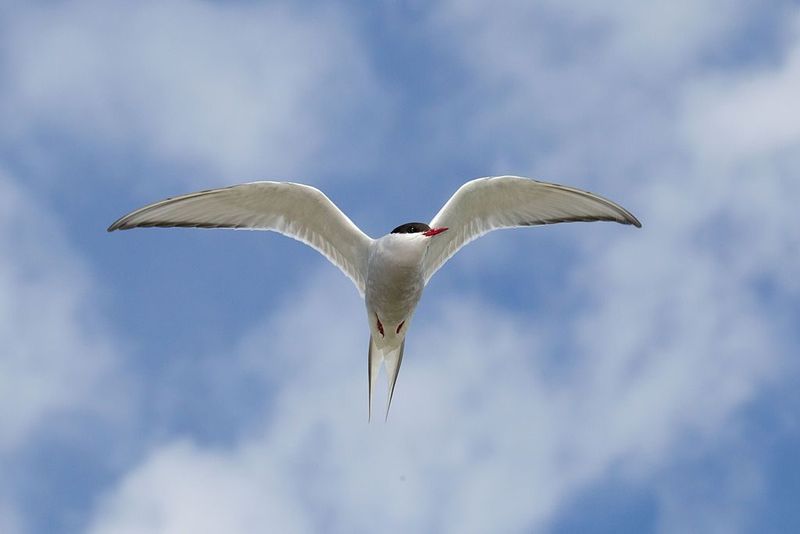
Not only does the Arctic Tern have an epic journey, but it also boasts an impressive lifespan. These birds can live up to 30 years, which means that over its lifetime, an Arctic Tern may cover a distance equivalent to three trips to the moon and back.
Each year, this incredible feat of endurance repeats, a testament to its resilient nature and adaptation to long-distance travel. The Tern’s ability to survive harsh conditions and its longevity in flight make it a unique subject of interest in the bird world.
Remarkable Navigational Skills
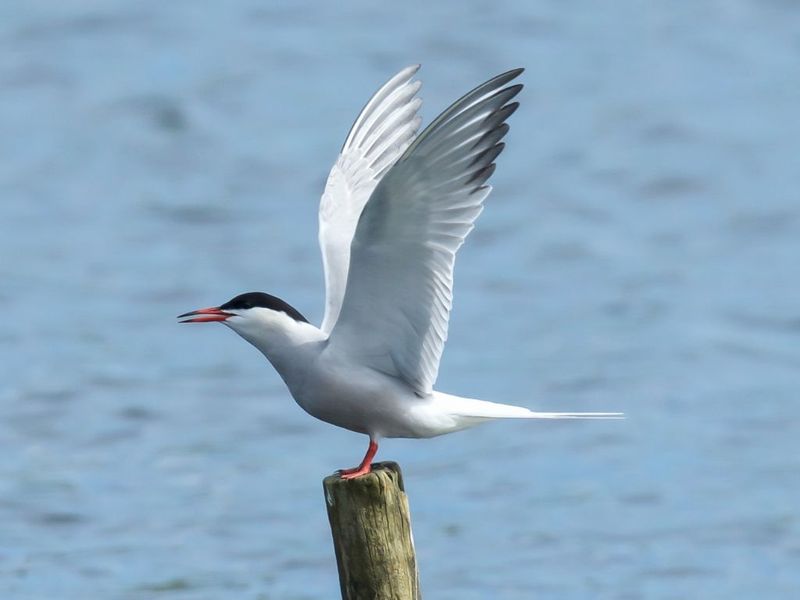
How does this small bird manage to traverse such vast distances with unerring accuracy? The Arctic Tern’s navigational skills are nothing short of extraordinary.
Scientists believe these birds use a combination of the Earth’s magnetic field, the position of the sun, and even the stars to find their way across hemispheres.
This innate ability to navigate is a wonder of evolutionary adaptation and ingenuity, enabling the Tern to undertake its long journey without losing its way. It’s like having a built-in GPS!
Unique Feeding Habits
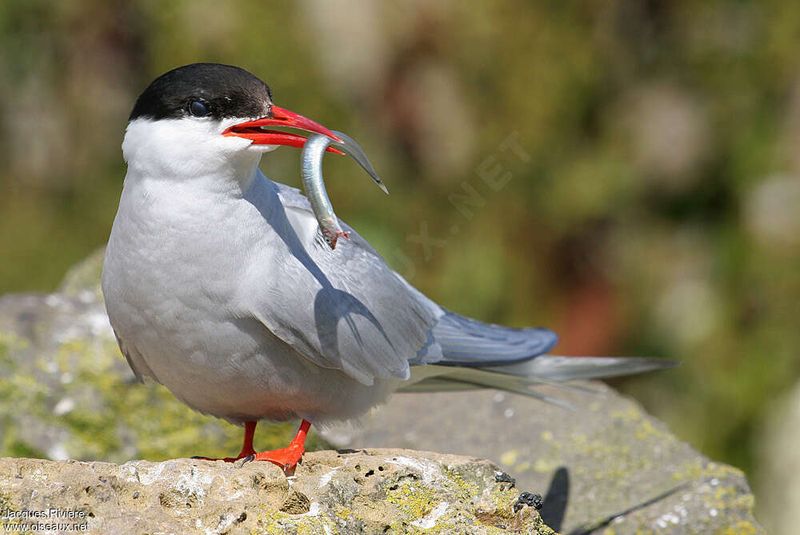
The Arctic Tern’s diet mainly consists of fish and small marine invertebrates, which it skillfully catches by diving into the sea.
This feeding method is not only effective but also reflects the bird’s adaptability to different environments. Its sharp beak and keen eyesight are crucial tools that aid in its hunting efficiency.
Moreover, by following the sun and migrating between the poles, the Tern ensures access to abundant food sources year-round, maximizing survival prospects. This remarkable strategy highlights the bird’s adaptability and resourcefulness.
Breeding in the Arctic
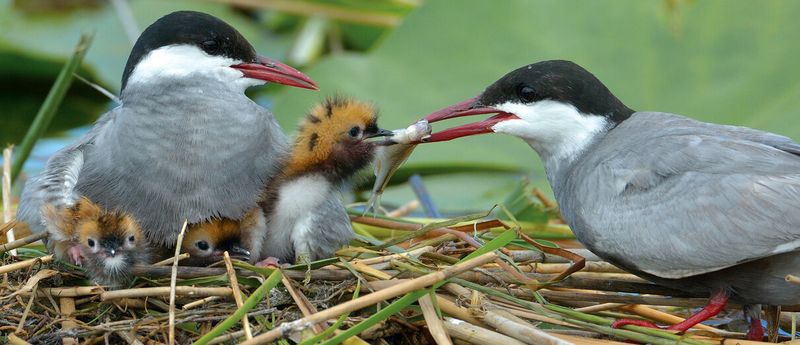
The Arctic’s icy landscapes provide the perfect breeding grounds for the Arctic Tern. After its long migratory journey, the bird returns every spring to breed on the rocky shores and islands of the Arctic.
These breeding sites are usually away from predators and provide ample food supply. The Tern’s ability to thrive in such extreme conditions is remarkable, and its breeding behavior is a crucial part of its life cycle.
This return to the Arctic is a homecoming of sorts, where life begins anew each year.
Adaptations for Survival

Surviving in some of the planet’s harshest environments requires special adaptations, and the Arctic Tern is well-equipped for this challenge. Its body is covered in dense plumage that provides insulation against the cold.
Additionally, the Tern’s efficient metabolism and ability to store fat allow it to endure long flights and periods without food. These adaptations are essential for its survival during the grueling migratory journey. The Arctic Tern’s resilience and ingenuity in facing nature’s challenges are truly inspiring.
Social Behavior and Communication
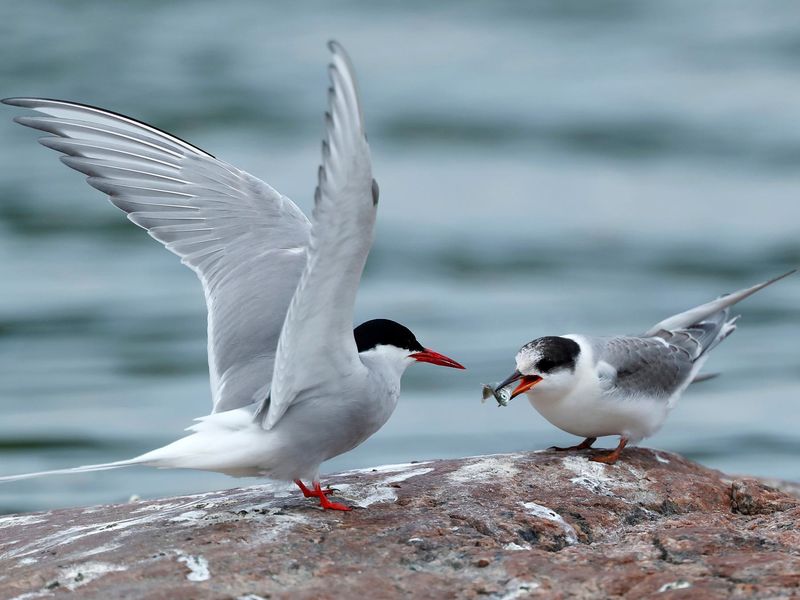
Despite its solitary flights, the Arctic Tern is a social bird during breeding season. Communication with fellow Terns is key to its social structure, involving a series of calls, postures, and displays.
These interactions help in mate selection, territory defense, and raising young ones. The social bonds formed are essential for reproductive success and survival in the harsh Arctic environment.
Understanding the Tern’s social behavior provides insight into its complex life and the importance of communication in the avian world.
Plumage Transformation
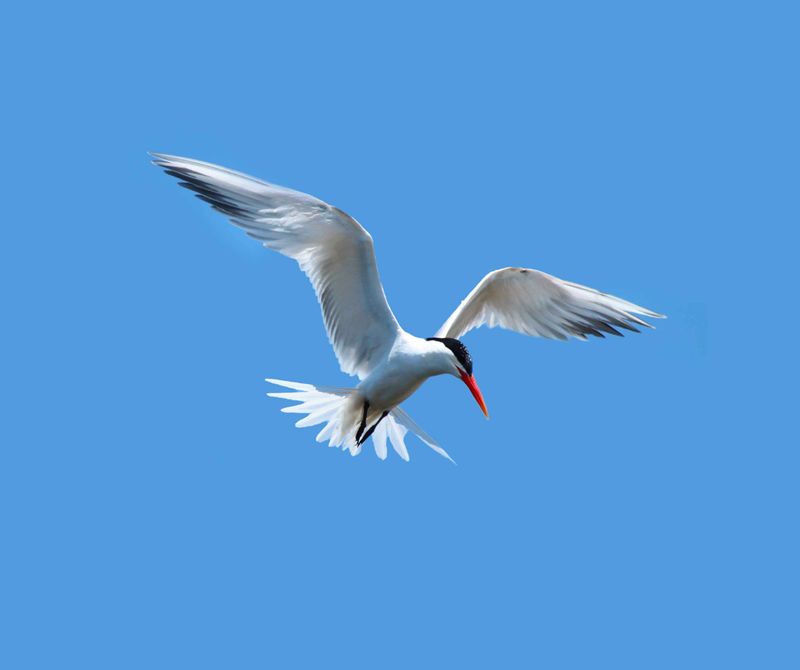
The Arctic Tern undergoes a remarkable transformation in its appearance with the changing seasons.
During the breeding season, its plumage turns dazzlingly white with a black cap, making it a striking sight against the Arctic’s icy backdrop. In contrast, the Tern’s winter plumage is more subdued, aiding in camouflage during long migratory flights.
This seasonal transformation is not just about aesthetics; it plays a crucial role in mating and survival strategies. The plumage change is a visual cue in the Tern’s life cycle.
Energy Efficiency in Flight

Energy efficiency is at the heart of the Arctic Tern’s migratory success. With a wingspan designed for gliding, the Tern can cover vast distances with minimal energy expenditure.
Its flight technique involves riding wind currents and thermals, reducing the need for constant flapping. This energy-saving strategy is vital for the Tern’s long migratory journey, allowing it to travel from pole to pole with remarkable ease.
The bird’s aerodynamic design is a testament to evolutionary perfection, maximizing travel efficiency.
Global Habitat Range
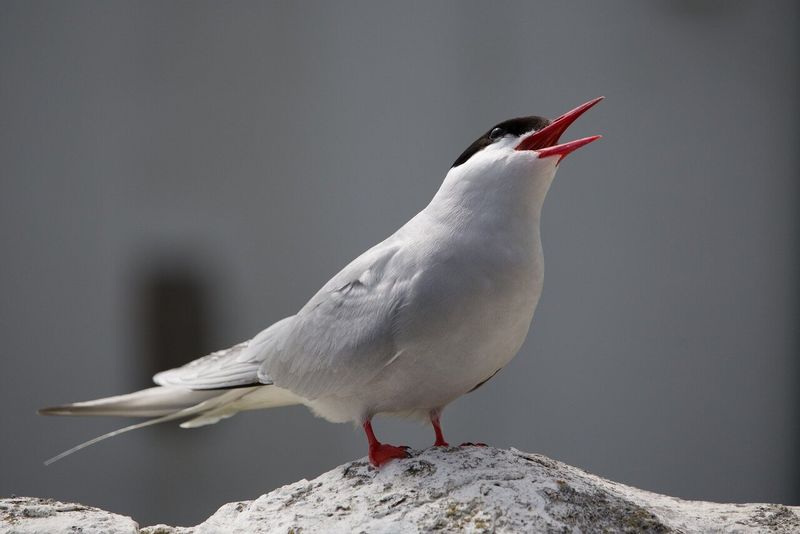
The Arctic Tern is a true global traveler, inhabiting a wide range of environments from the icy Arctic to the temperate coastal regions around the world.
Its migratory pattern ensures that it experiences a variety of habitats, each offering unique challenges and resources. This adaptability to different climates and ecosystems is a key factor in the Tern’s survival and success as a species.
The bird’s ability to thrive globally illustrates the dynamic nature of its life and evolution.
Cultural Significance and Conservation
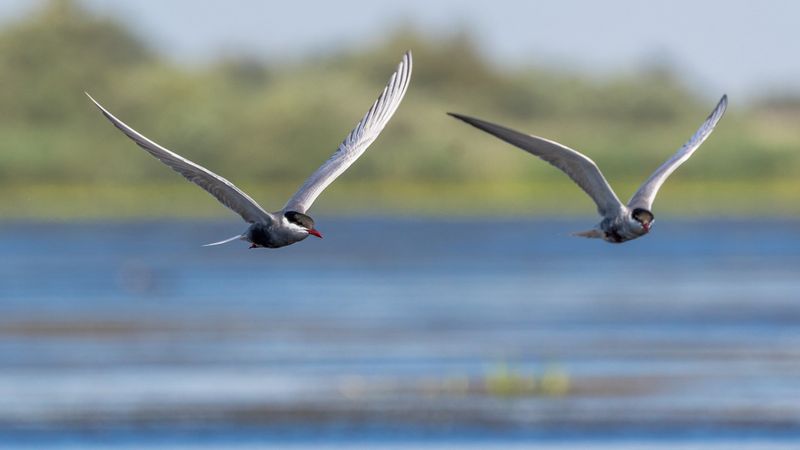
Beyond its natural wonders, the Arctic Tern holds significant cultural and conservation value. It is a symbol of endurance and the interconnectedness of the natural world, often featured in art and folklore.
Conservation efforts are crucial to preserving its habitats, threatened by climate change and human activities. Protecting the Tern’s migratory routes and breeding grounds ensures the survival of this iconic species.
The bird’s cultural resonance underscores the importance of conservation in maintaining biodiversity and ecological balance.

